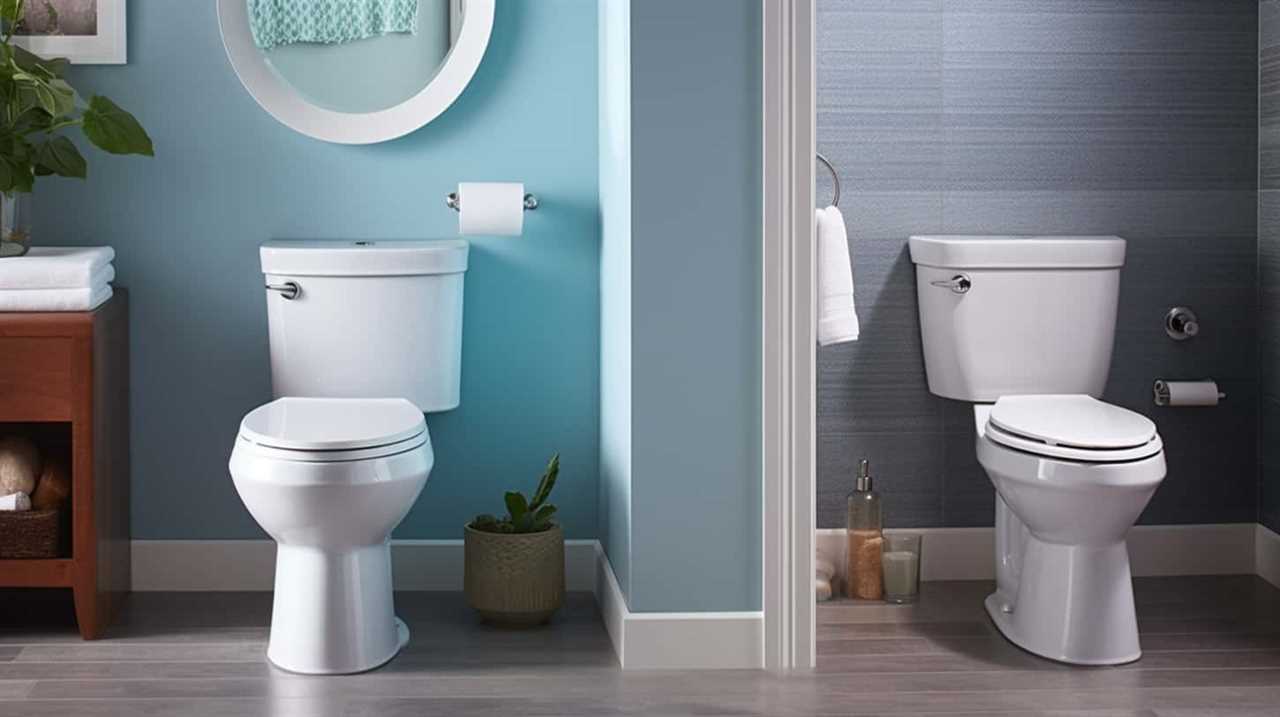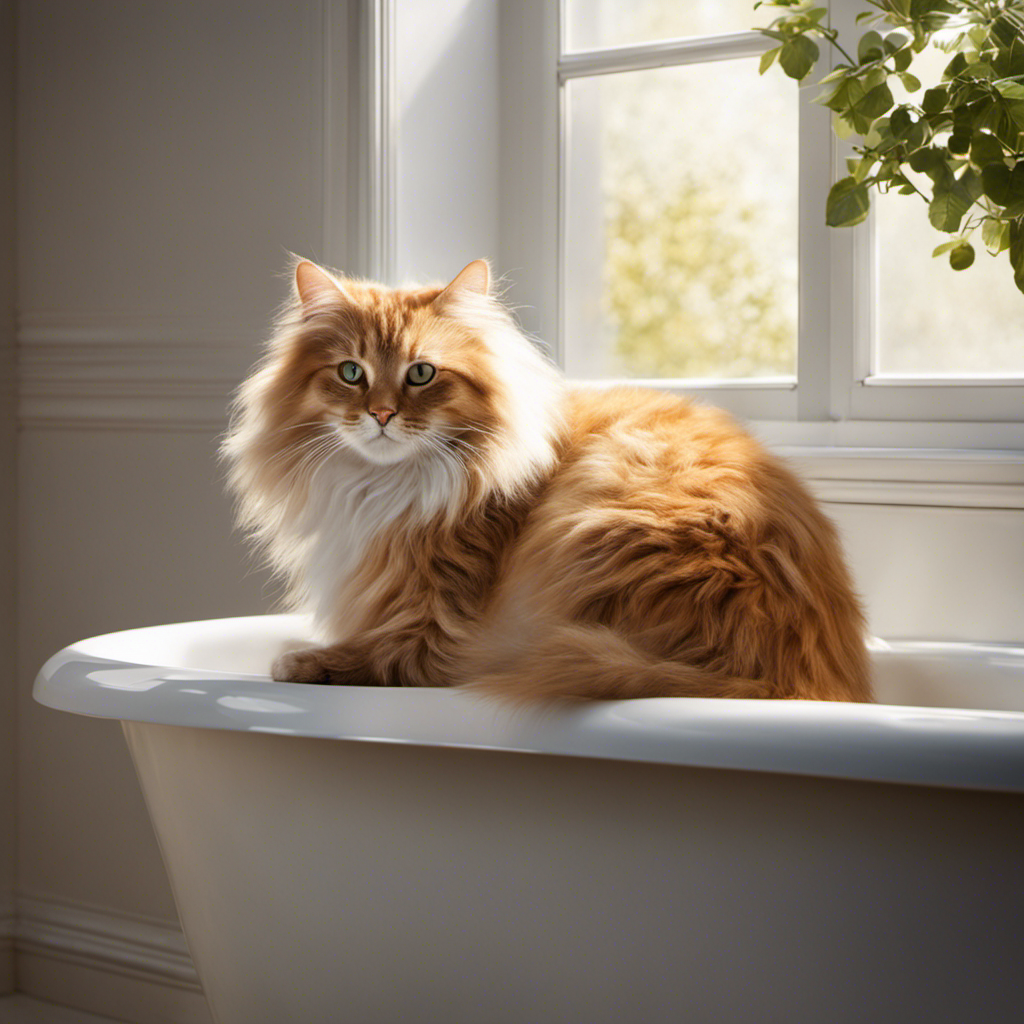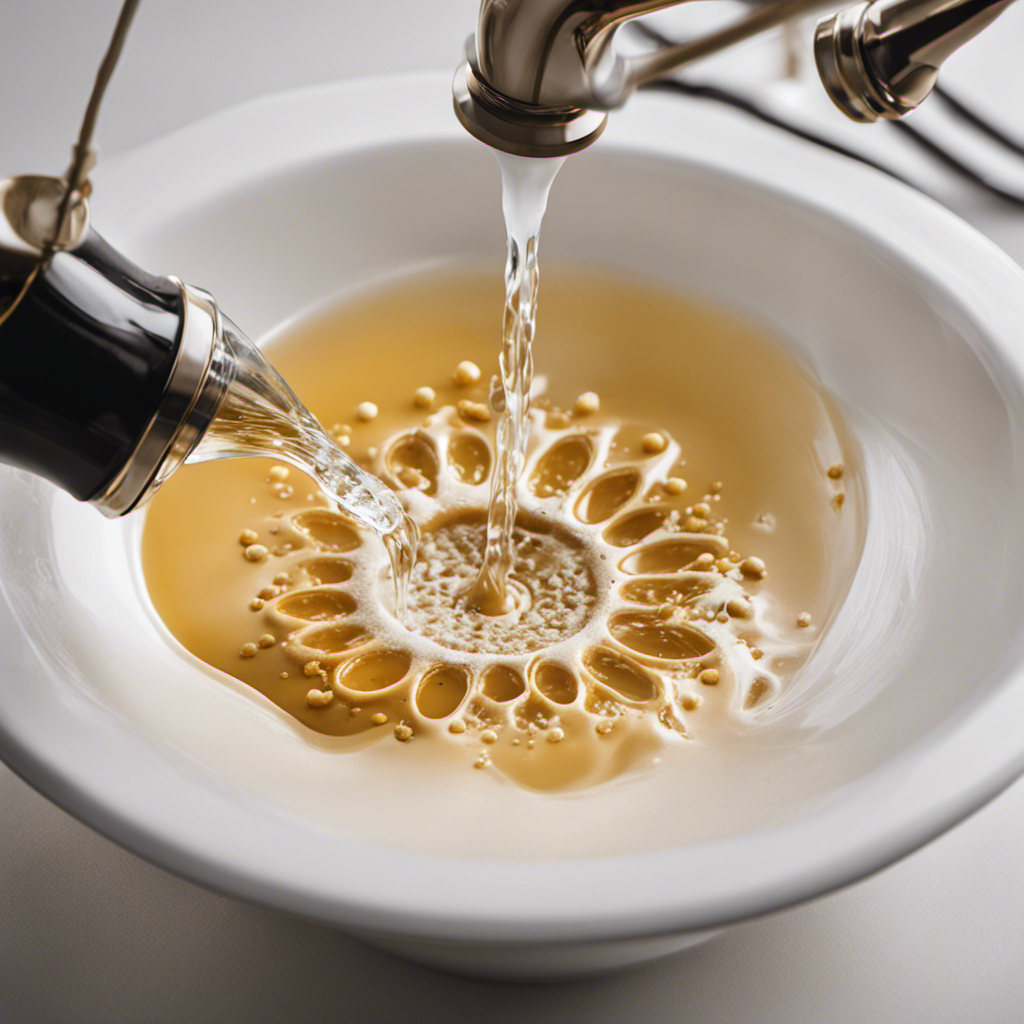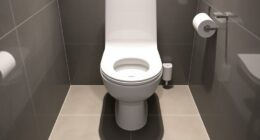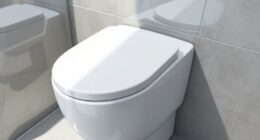Welcome, fellow enthusiasts, to our comprehensive guide on the importance and functioning of the flush valve seal. Within these lines, we will delve into the intricate workings of this essential component, providing you with the expertise needed to diagnose and address potential issues.
From recognizing telltale signs of a failing seal to equipping you with the necessary tools and materials for replacement, our step-by-step guide will empower you to master this crucial maintenance task.
Let’s embark on this journey towards flawless flushing efficiency together.
Key Takeaways
- The flush valve seal is important for preventing water wastage and ensuring efficient flushing.
- Regular maintenance and replacement of the flush valve seal can prevent costly repairs in the future and prolong its lifespan.
- The flush valve seal regulates the flow of water during flushing and prevents water leakage.
- Signs of a failing flush valve seal include continuous water trickle, weak flushing, and a constantly running toilet. Troubleshooting and replacing the seal may be necessary in such cases.
Importance of Flush Valve Seal
The flush valve seal is an essential component of our plumbing system that ensures efficient and effective flushing of the toilet. As experts in plumbing, we understand the importance of maintaining this crucial seal to prevent any common problems that may arise.

One common problem is leakage, which can lead to water wastage and an inefficient flushing mechanism. Another issue is a deteriorated seal, which can cause a weak flush or incomplete removal of waste.
Regular maintenance of flush valve seals is highly beneficial. It helps identify and fix any potential problems early on, preventing costly repairs in the future. Furthermore, regular maintenance ensures optimal performance, prolongs the lifespan of the seal, and promotes water conservation.
How the Flush Valve Seal Works
To understand how the flush valve seal works, we need to examine its role in regulating the flow of water during the flushing process. The flush valve seal is a crucial component of the toilet mechanism that ensures a watertight seal when the toilet is not in use. When you flush the toilet, the flush valve seal lifts, allowing water to rush from the tank into the bowl. This creates a powerful force that carries away waste. Once the flushing is complete, the flush valve seal drops back down, sealing off the tank and preventing any water from leaking.
Here is a table summarizing the functioning of the flush valve seal:

| Step | Action | Result |
|---|---|---|
| 1 | Flush lever is pressed | Flush valve seal lifts |
| 2 | Water rushes from tank to bowl | Powerful flush |
| 3 | Flush lever is released | Flush valve seal drops down |
| 4 | Tank is sealed, preventing leaks | Water conservation |
Common problems with flush valve seals include leaks, which can lead to water wastage and high utility bills. To maintain a flush valve seal, regular inspection is essential. Check for any signs of wear or damage, such as cracks or tears, and replace the seal if necessary. Additionally, ensure that the seal is clean and free from any debris that could affect its functionality. By properly maintaining the flush valve seal, you can ensure efficient flushing and prevent any potential issues.
Signs of a Failing Flush Valve Seal
After examining how the flush valve seal works, it’s important to recognize the signs of a failing flush valve seal.
Common problems with a failing flush valve seal include water leakage, weak or incomplete flushing, and a constantly running toilet.
Water leakage is often indicated by a continuous trickle of water into the toilet bowl, even when the toilet isn’t being used.
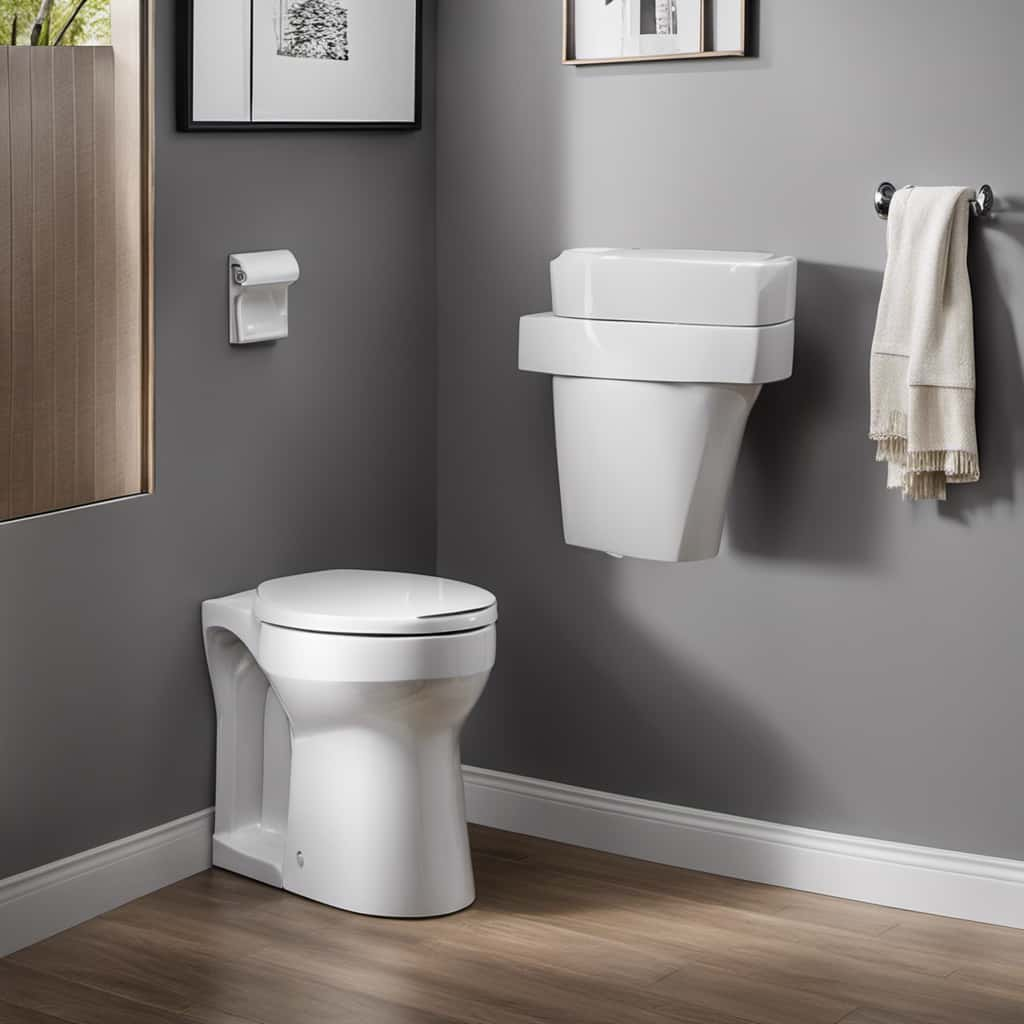
Weak or incomplete flushing can be observed when the toilet doesn’t fully empty or when there’s a lack of flushing power.
A constantly running toilet, where water continues to flow into the tank after flushing, is another telltale sign of a failing flush valve seal.
To troubleshoot these issues, it’s recommended to inspect the seal for any cracks or damage, and replace it if necessary.
Additionally, adjusting the chain length or water level in the tank can help resolve certain problems.
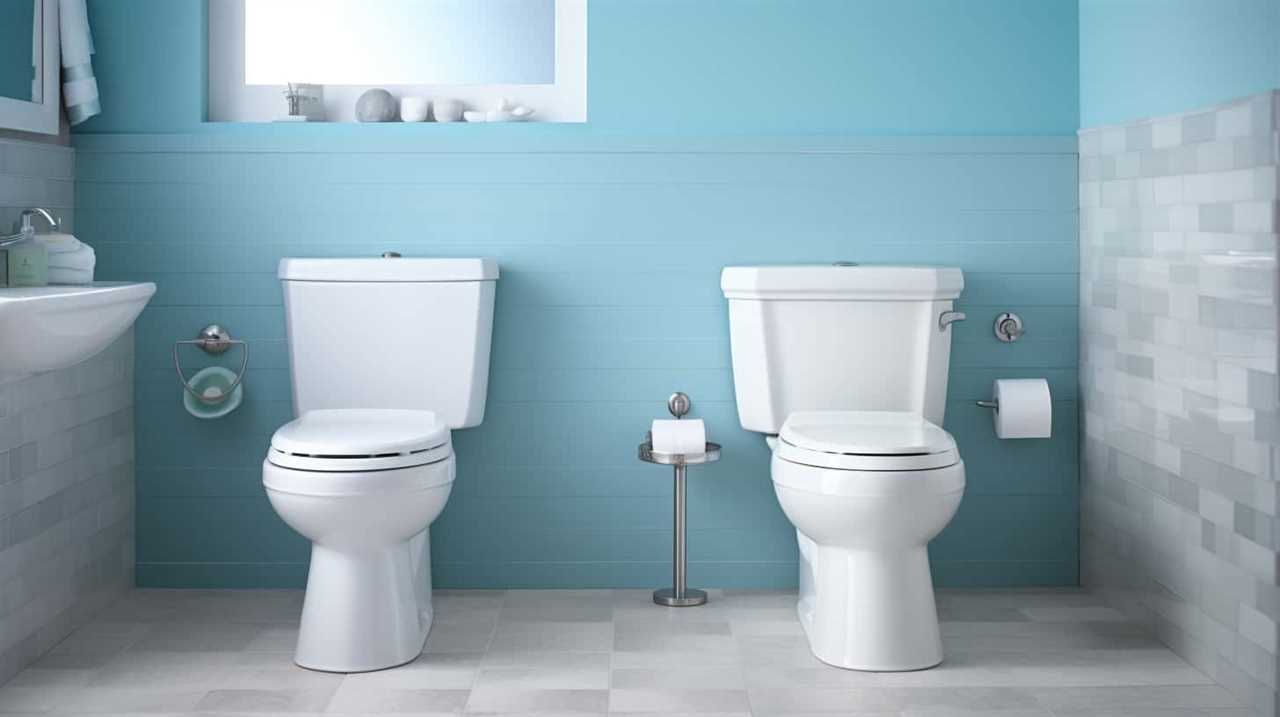
Tools and Materials for Replacing the Flush Valve Seal
We will now discuss the essential tools and materials needed to replace the flush valve seal.
When replacing the flush valve seal, it’s important to have the right tools and materials to ensure a successful and long-lasting repair. The following items are necessary for this task:
- A wrench or pliers
- A screwdriver
- A scraper or putty knife
- A new flush valve seal
- Some plumber’s grease
These tools and materials will allow you to remove the old seal, clean the area thoroughly, and install the new seal properly.
Common mistakes when replacing the flush valve seal include not tightening the seal enough or overtightening it, which can lead to leaks.
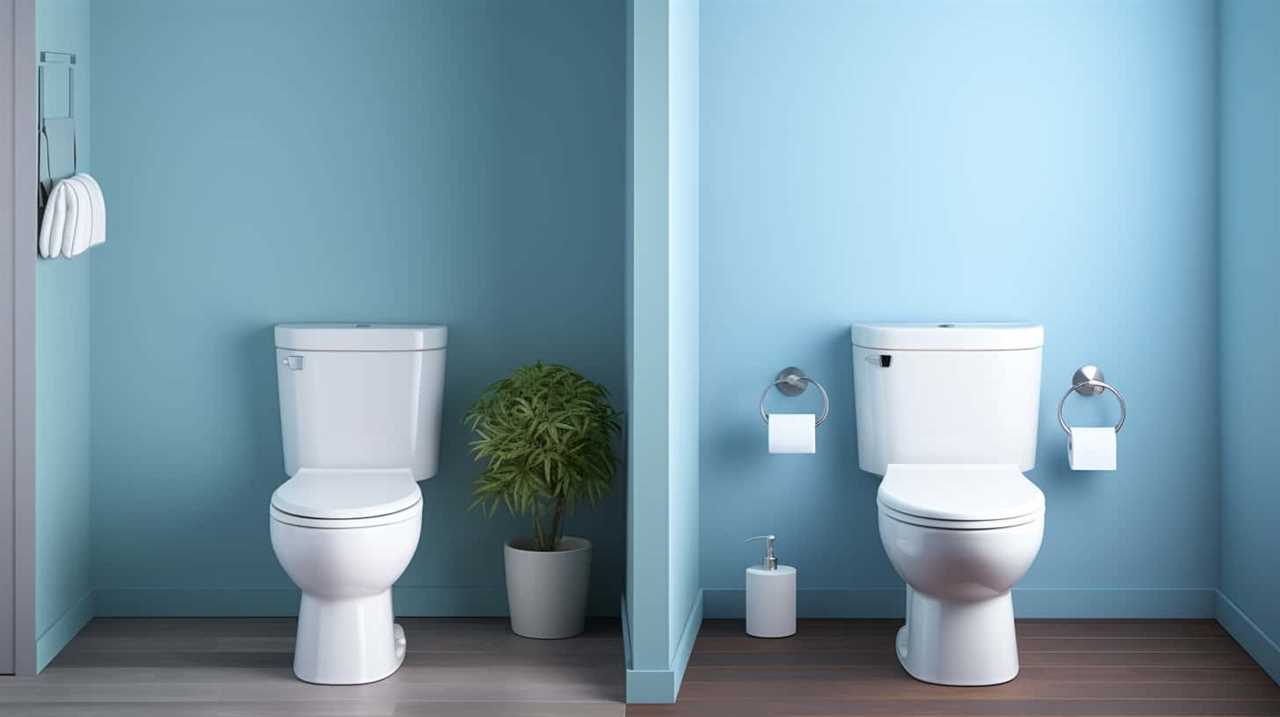
To prolong the lifespan of the flush valve seal, it’s recommended to regularly clean the seal and the surrounding area, avoid using harsh chemicals, and check for any signs of wear or damage.
Step-by-Step Guide to Replacing the Flush Valve Seal
Let’s walk through the process of replacing the flush valve seal step by step.
- Turn off the water supply: Locate the shut-off valve near the toilet and turn it clockwise to stop the water flow. Flush the toilet to empty the tank.
- Remove the flush valve assembly: Unscrew the flush valve nut located underneath the tank using pliers or a wrench. Lift the assembly out of the tank carefully.
- Replace the flush valve seal: Remove the old seal from the flush valve assembly by gently pulling it off. Place the new seal onto the assembly, making sure it fits snugly.
- Reassemble and test: Place the flush valve assembly back into the tank, aligning it properly. Tighten the flush valve nut securely. Turn on the water supply and flush the toilet to check for any leaks.
Flush Valve Seal Installation Tips: Ensure the seal is properly aligned to prevent leaks. Use a quality replacement seal for long-lasting results.
Common Mistakes When Replacing Flush Valve Seal: Over-tightening the flush valve nut can cause damage. Not turning off the water supply can result in a messy repair job.
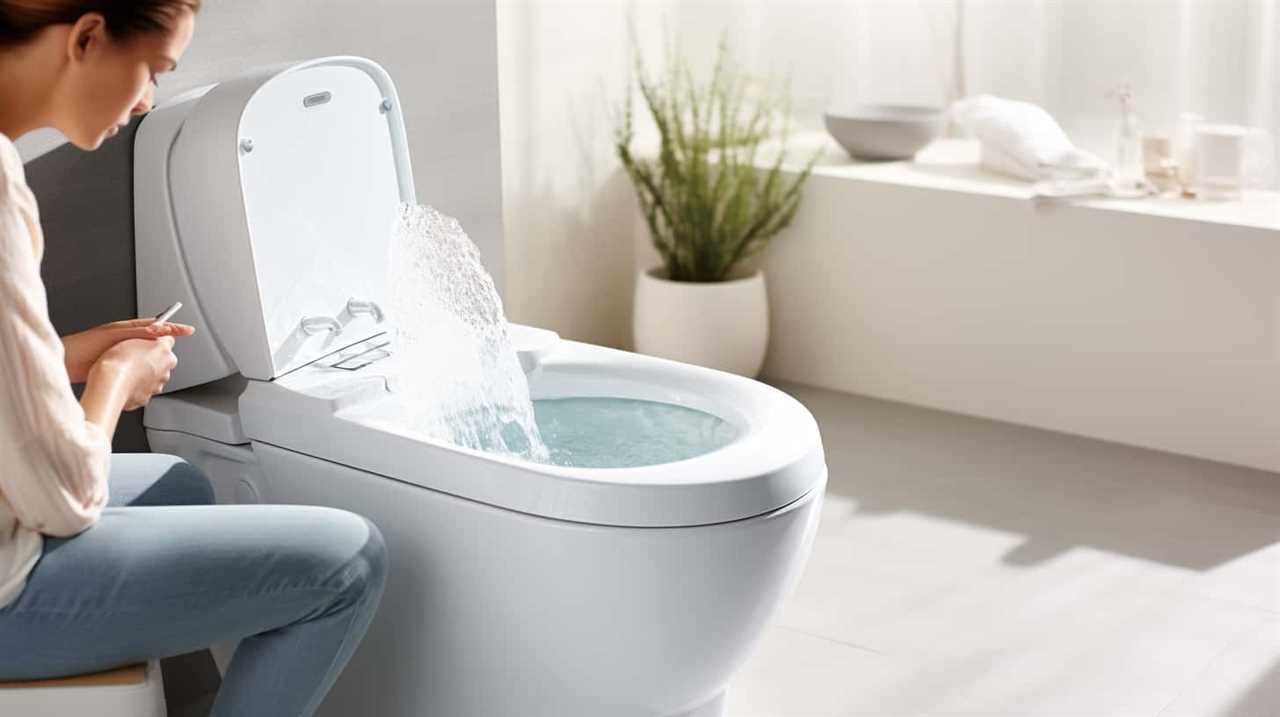
Frequently Asked Questions
Can I Replace the Flush Valve Seal Myself, or Do I Need to Hire a Professional Plumber?
We can replace the flush valve seal ourselves without hiring a professional plumber. It’s a DIY task that saves money and time. However, hiring a professional plumber ensures expertise and guarantees a proper installation.
How Often Should I Replace the Flush Valve Seal in My Toilet?
We should regularly replace the flush valve seal in our toilet as part of our toilet maintenance routine. Signs of a faulty flush valve seal include water leakage and constant running water after flushing.
Are There Different Types of Flush Valve Seals Available, and How Do I Know Which One Is Compatible With My Toilet?
There are different types of flush valve seals available for toilets. To choose the right one, consider the size and shape of your flush valve, as well as the compatibility with your toilet model.
Is There a Specific Brand or Material That Is Recommended for Flush Valve Seals?
There are several recommended brands and materials for flush valve seals. It’s important to choose one that is compatible with your toilet. We can provide detailed expertise to help you find the best option.
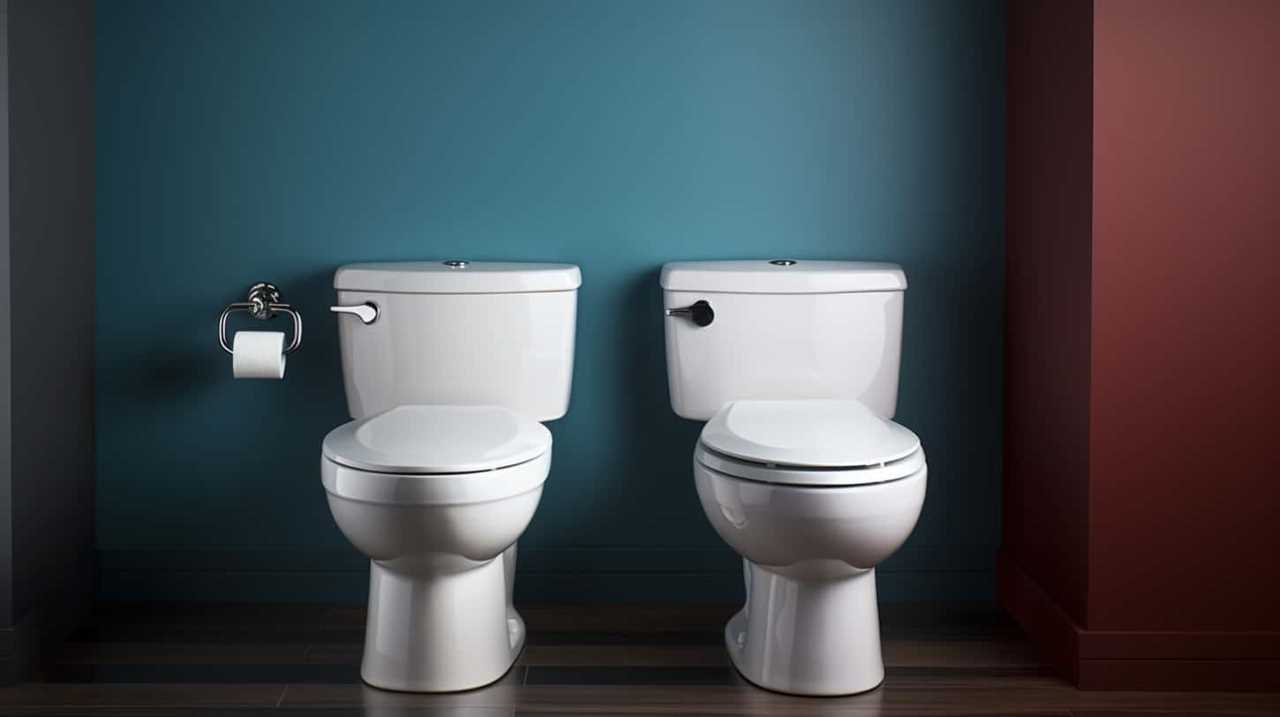
What Are Some Common Mistakes to Avoid When Replacing a Flush Valve Seal?
When replacing a flush valve seal, it is crucial to avoid common mistakes and ensure proper installation. Mastery in this process requires careful attention to detail and technical expertise.
Conclusion
As we bid farewell to our journey through the intricate world of flush valve seals, let’s remember the significance of this humble component.
Like the key to a lock, the flush valve seal ensures a smooth flow of water and prevents leaks, keeping our toilets in perfect harmony.
So, dear readers, embrace the knowledge gained and let it guide you as you embark on your own adventures in plumbing expertise.

May your toilets always flush with grace and your seals remain forever tight.
